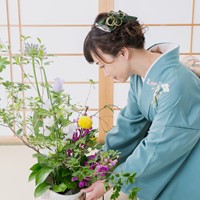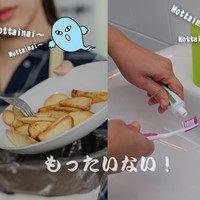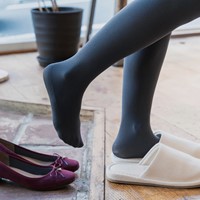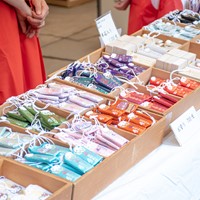Japanese Kotatsu: Staying Warm in Winter
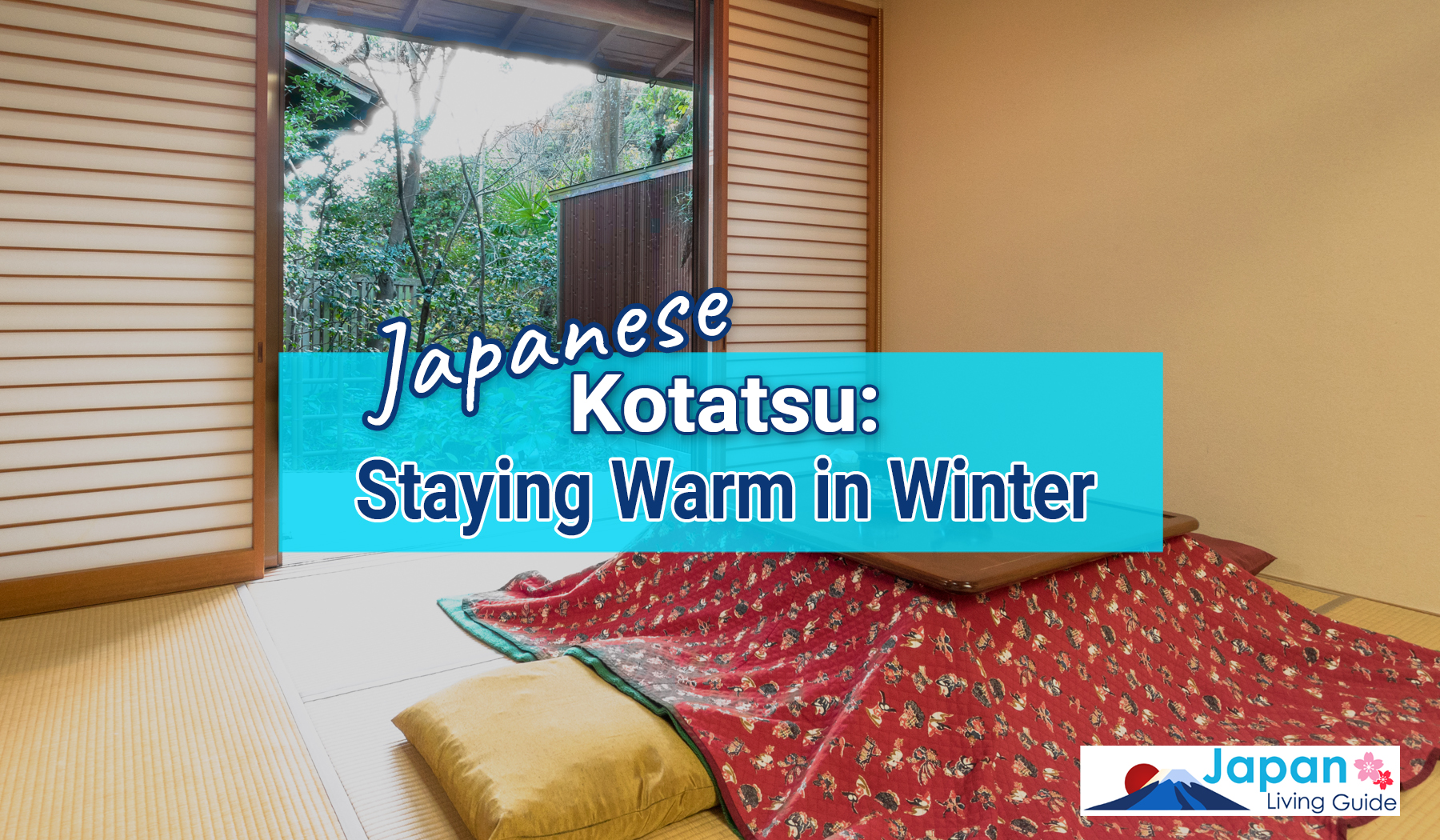
This page contains affiliate links.
Kotatsu is used by many people in Japan to stay warm at home during winter. With the exception of Hokkaido, homes in Japan generally lack central heating and can get very cold during the winter. While you can set your air conditioner to the heating mode, this may cause air to become dry, and the cost of electricity can quickly add up. The kotatsu is not only a cost-effective alternative to air conditioners, but it is also a very cozy way to experience Japanese culture. Please keep reading to learn about kotatsu, its history, as well as types of kotatsu tables, futons, and heaters.
What is Kotatsu?

Kotatsu is a traditional Japanese heating device which includes a heat source, table, and futon. A type of kotatsu with a sunken space in the floor is called "hori-gotatsu." One of the most distinctive features of kotatsu is that it allows heat to accumulate in the area covered by the futon without heating the entire room. When compared to air conditioners, kotatsu will make you feel warm in less time while not drying out the air in your home. It also consumes less electricity making it a perfect choice for those of us who feel that warming up the entire room is mottainai (wasteful). However, there is one significant drawback to using kotatsu. You will feel warm when covered by the futon because the heat is trapped beneath it, but the rest of the room will remain cold. As a result, you may find yourself spending a lot of time in close proximity to this traditional Japanese heating device.
The History of Kotatsu

The origins of kotatsu can be traced back to the Muromachi period (1336-1573), when people in Japan placed a platform on the "irori" fireplace and then covered it with clothing to keep the heat. During the Edo Period (1603-1868), new forms of kotatsu emerged including the "oki-gotatsu," which used a Japanese brazier called "hibachi" instead of relying on the fireplace for heat. This separation from "irori" made kotatsu portable, greatly increased its convenience. For the most of its history, the kotatsu has been powered by charcoal, with the electric kotatsu becoming available only during the Taisho period (1912-1926) and gaining mainstream popularity in post-war Japan.
Types of Kotatsu Tables and Futons
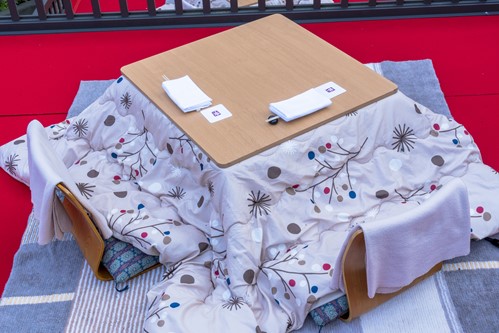
Kotatsu tables come in a variety of sizes and shapes such as rectangular, square, round ones. While low tables have been traditionally used in Japan, higher alternatives are available for those of us who find it difficult to seat in a traditional Japanese manner. If your kotatsu table is too low, furniture risers can be used to raise the height of it. These kind of risers are widely available for purchase online on the websites such as Amazon.
Futons, like kotatsu tables, are available in a variety of sizes and shapes. Furthermore, they differ in thickness. A thicker futon will keep you warmer, but it will also take up more space in your home. For those of us who are concerned about kotatsu futons taking up too much space, a "sho-supesu futon" (space-saving futon) with cuts made in its corners can be particularly recommended. While a rug on the floor beneath your kotatsu is perfectly acceptable, using a special "shiki-buton" will keep you even warmer during the cold Japanese winter.
Types of Kotatsu Heaters
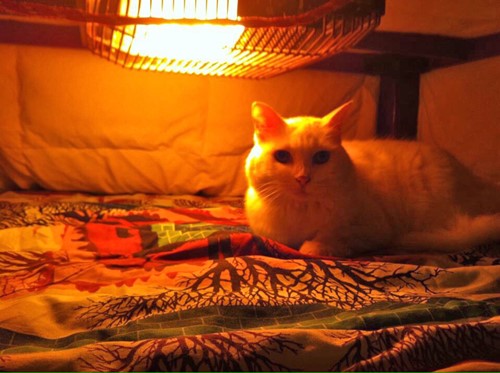
The days of the charcoal-fueled kotatsu are long gone, and a variety of electric heaters, including halogen, quartz, and flat carbon types, are now available in Japan. For those of us who value speed, a halogen heater would be an excellent choice for our kotatsu. However, the increased speed will come at the cost of higher electricity bills. A quartz heater, on the other hand, would save you money on electricity bills but take longer to heat up. Flat carbon heaters excel at covering a larger area and resulting in lower electricity bills, but they fall short in terms of heating temperature and speed. There is no such thing as an ideal kotatsu heater, so it is important to choose one based on your preferences and needs. If you would like to know more about public utility prices in Japan including electricity, be sure to check this article.
If you happen to be in Japan during the winter, using a kotatsu can be a very enjoyable way to experience local culture. If you do not mind traveling, visiting one of the hot springs can also help you make the most of your time in Japan. You can learn about onsen etiquette in this article. Even if you have a tattoo, you are more than welcome to visit the hot springs covered in "15 Best Tattoo-Friendly Onsens in Japan". If you prefer a more active way to spend your winter in Japan, going to one of the ski resorts near Tokyo can be highly recommended.





